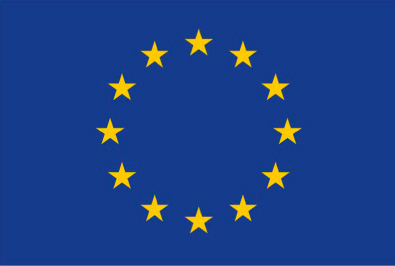Close
En esta sección presentaremos los principales resultados científicos, para una mejor comprensión de cómo y por qué algunas narrativas extremistas son eficaces.
Nuestra investigación se basa en un enfoque multidisciplinar, que combina el análisis de las narrativas extremistas en los medios sociales mediante el análisis del discurso con la recepción de dichas narrativas a través de la psicología social y la investigación de la comunicación sobre los sesgos cognitivos.


Understanding how extremist Salafists communicate, and not only what, is key to gaining insights into the ways they construct their social order and use psychological forces to radicalize potential sympathizers on social media. With a view to contributing to the existing body of research which mainly focuses on terrorist organizations, we analyzed accounts that advocate violent jihad without supporting (at least publicly) any terrorist group and hence might be able to reach a large and not yet radicalized audience. We constructed a critical multimodal and multidisciplinary framework of discourse patterns that may work as potential triggers to a selection of key cognitive biases and we applied it to a corpus of Facebook posts published by seven extremist Salafists. Results reveal how these posts are either based on an intense crisis construct (through negative outgroup nomination, intensification and emotion) or on simplistic solutions composed of taken-for-granted statements. Devoid of any grey zone, these posts do not seek to convince the reader; polarization is framed as a presuppositional established reality. These observations reveal that extremist Salafist communication is constructed in a way that may trigger specific cognitive biases, which are discussed in the paper.
(Restricted) Online access: https://www.tandfonline.com/eprint/YPTR9Y3S87GATHAHHUTD/full?target=10.1080/17405904.2021.1879185
For years, social media, including Facebook, have been criticized for lacking transparency in their community standards, especially in terms of extremist content. Yet, moderation is not an easy task, especially when extreme-right actors use content strategies that shift the Overton window (i.e., the range of ideas acceptable in public discourse) rightward. In a self-proclaimed search of more transparency, Facebook created its Transparency Center in May 2021. It also has regularly updated its community standards, and Facebook Oversight Board has reviewed these standards based on concrete cases, published since January 2021. In this paper, we highlight how some longstanding issues regarding Facebook’s lack of transparency still remain unaddressed in Facebook’s 2021 community standards, mainly in terms of the visual ‘representation’ of and endorsement from dangerous organizations and individuals. Furthermore, we also reveal how the Board’s no-access to Facebook’s in-house rules exemplifies how the longstanding discrepancy between the public and the confidential levels of Facebook policies remains a current issue that might turn the Board’s work into a mere PR effort. In seeming to take as many steps toward shielding some information as it has toward exposing others to the sunshine, Facebook’s efforts might turn out to be transparency theater.
Open access on: https://firstmonday.org/ojs/index.php/fm/article/view/11705
We analyzed posts written by Facebook profiles who advocate violent jihad without supporting any terrorist group. They share extremist content in the middle of regular posts, thanks to which they are likely to reach a large audience. We identified to what extent their ingroup-outgroup opposition is constructed in crisis, identity, and solution frames and how they use these frames in posts which sometimes breach Facebook’s community standards, but which mostly circumvent them through various strategies of doublespeak. Among them, myth, in the sense of Barthes, and eudaimonic content appeared as particularly powerful to naturalize and spread jihadi ideology on social media.
(Restricted) Online access: https://www.tandfonline.com/doi/abs/10.1080/1057610X.2021.1963092?journalCode=uter20

This website was funded by the European Union’s Internal Security Fund – Police. Project n: 867186.
The content of this website represent the views of the author only and is his/her sole responsibility.
The European Commission does not accept any responsibility for use may be made of the information contains.